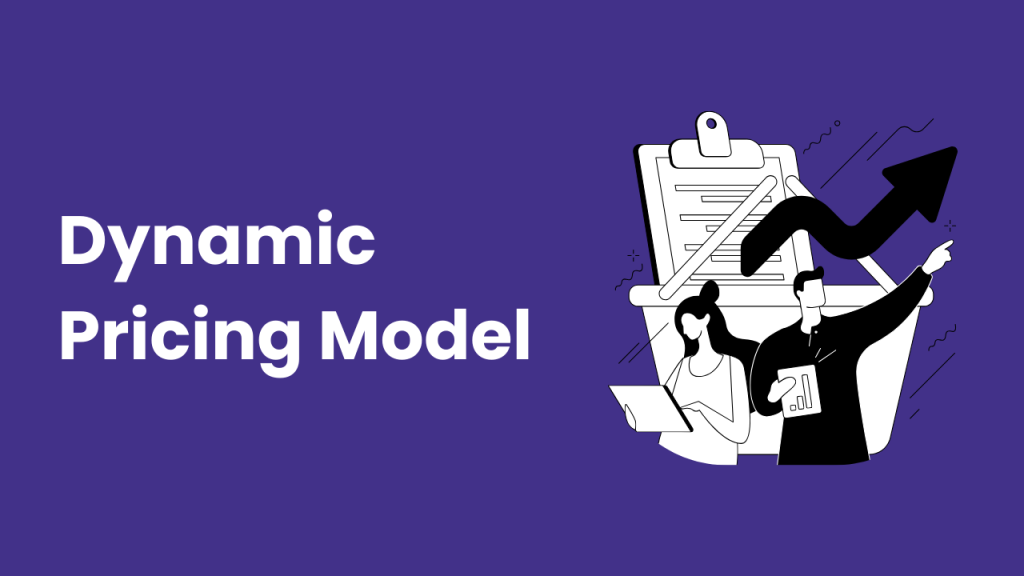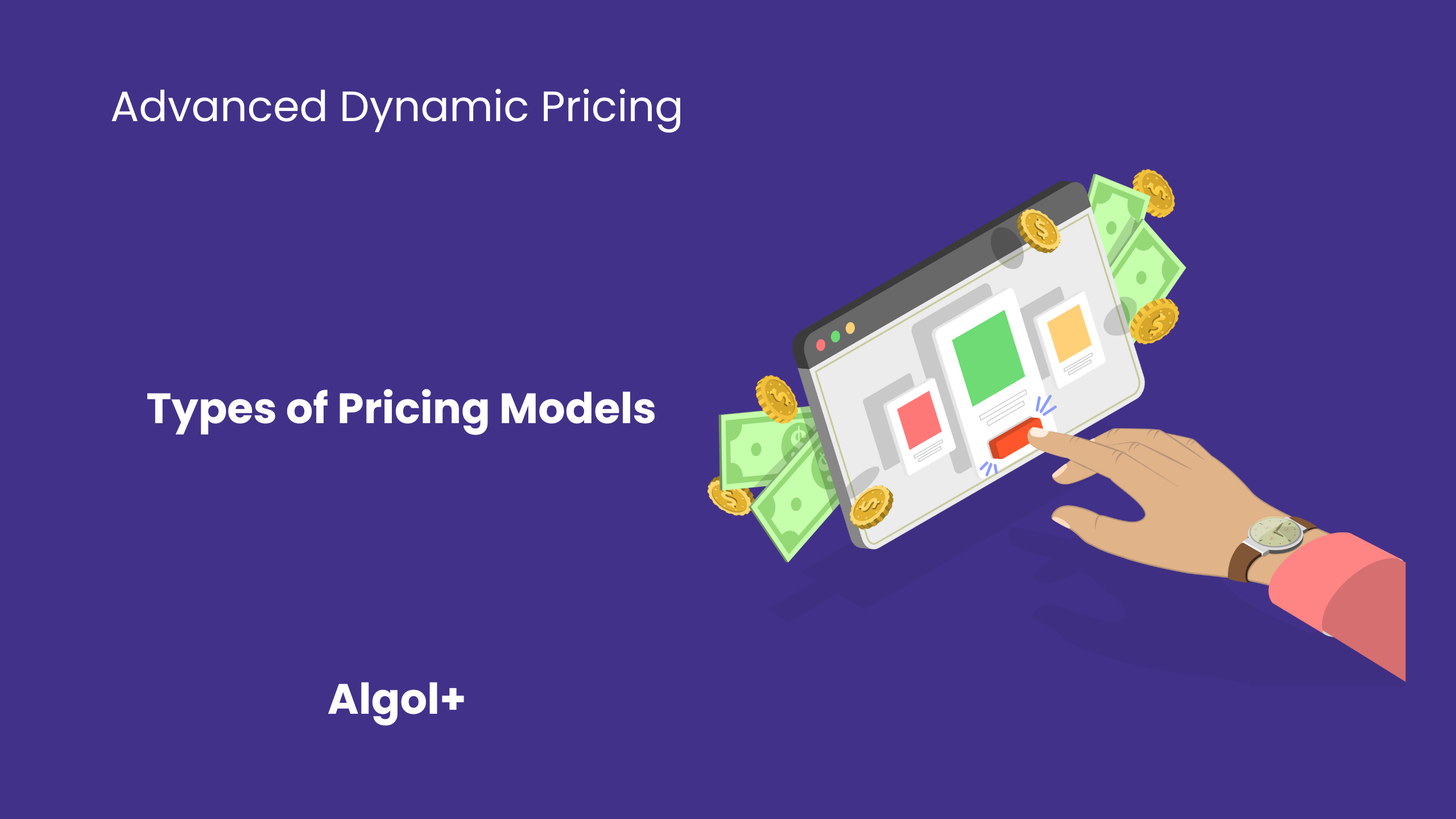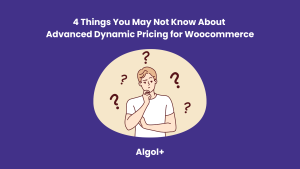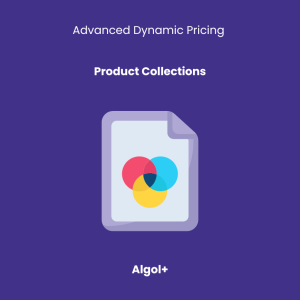Types of Pricing Models
Table of Contents
The pricing model of a product or service is mostly a question of balancing two objectives, acquiring more customers and retaining the existing ones. The second objective is to keep customers happy and retain them for longer, which reduces the churn rate.
What is a Pricing Model?
A pricing model is a system for pricing the same or similar products or services. Typically, the pricing model of a product or service is set by the company itself, but this is not always the case. There may be some third-party vendors who also may be involved in setting the pricing models. In general, the pricing model is generally defined as the process for pricing products and services.
7 types of Pricing Models

- Cost-plus Pricing Model: The cost-plus pricing model is one of the most common pricing models used by businesses. It involves calculating the total cost of producing a product or service and adding a markup percentage to determine the final price. This model is relatively simple and provides a guaranteed profit margin for the business. However, it does not take into account factors such as market demand and competitor pricing, which could result in overpricing or underpricing the product.

2. Value-based Pricing Model: The value-based pricing model is based on the perceived value of a product or service to the customer. It involves setting a price that reflects the benefits and value that the product or service provides to the customer. This model is more customer-centric and allows businesses to capture the maximum value from customers who are willing to pay a premium for high-quality products or services. However, it requires extensive market research and a deep understanding of customer needs and preferences.

3. Competition-based Pricing Model: The competition-based pricing model involves setting prices based on the prices of similar products or services offered by competitors. This model is commonly used by businesses in highly competitive markets, where they need to stay competitive to attract customers. It is relatively easy to implement and provides a benchmark for pricing. However, it can lead to price wars and reduce profit margins if not carefully monitored.

4. Penetration Pricing Model: The penetration pricing model is used to enter new markets or gain market share. It involves setting a low price for a product or service to attract customers and gain a foothold in the market. Once the business establishes itself, it can gradually increase prices. This model is effective in creating a buzz and attracting new customers. However, it requires the business to have a strong marketing strategy to sustain the initial low prices.

5. Skimming Pricing Model: The skimming pricing model is the opposite of the penetration pricing model. It involves setting a high price for a new product or service to target early adopters and capture maximum profit. As the demand for the product decreases, the price is gradually reduced to attract more price-sensitive customers. This model is commonly used for innovative products with a unique selling proposition. However, it can limit the customer base and may not be sustainable in the long run.

6. Freemium Pricing Model: The freemium pricing model is commonly used for software or online services. It involves offering a basic version of the product or service for free, and charging for advanced features or premium versions. This model allows businesses to attract a large user base and upsell to paying customers. However, it requires a significant investment in marketing and customer acquisition.

7. Dynamic Pricing Model: The dynamic pricing model involves adjusting prices based on demand, supply, and other market conditions. This model is commonly used in industries such as airline tickets, hotel rooms, and ride-sharing services. It allows businesses to maximize revenue and respond to changes in the market. However, it requires advanced pricing strategies and technology to implement.
How to choose the right Pricing Model?
Now that we have discussed the different types of pricing models, the question is, how do you choose the right one for your business? Here are some factors to consider:
- Target market Understanding your target market is crucial in determining the right pricing model. For example, if your target market consists of price-sensitive customers, a cost-plus or penetration pricing model may be more suitable. On the other hand, if your target market is willing to pay a premium for quality or uniqueness, a value-based or skimming pricing model may be more effective.
- Competition It is essential to research and analyze your competitors’ pricing strategy before determining your own. If your competitors are using a particular pricing model successfully, it may be worth considering adopting a similar approach. However, if your business offers unique features or benefits, a different pricing model may be more appropriate to differentiate yourself from the competition.
- Cost of production The cost of production plays a significant role in determining the right pricing model. If your business has high production costs, a value-based or skimming pricing model may be necessary to cover these costs and earn a profit. On the other hand, if your costs are low, a cost-plus or penetration pricing model may be more suitable.
- Product or service offering The type of product or service your business offers also influences the choice of pricing model. For example, a freemium pricing model may be more effective for software or app-based businesses, while a value-based pricing model may be more suitable for luxury or high-end products.
Do you want to implement pricing model now?
Perhaps you have already decided on a pricing model, but still think that implementing it is a difficult process. This is where the Advanced Dynamic Pricing for WooCommerce plugin comes in. This powerful plugin allows you to create and manage multiple pricing rules for your products with ease. You can set up discounts, bulk pricing, special offers, and much more, all within a few clicks. So why wait? Install Advanced Dynamic Pricing for WooCommerce plugin now and take your pricing strategy to the next level!



